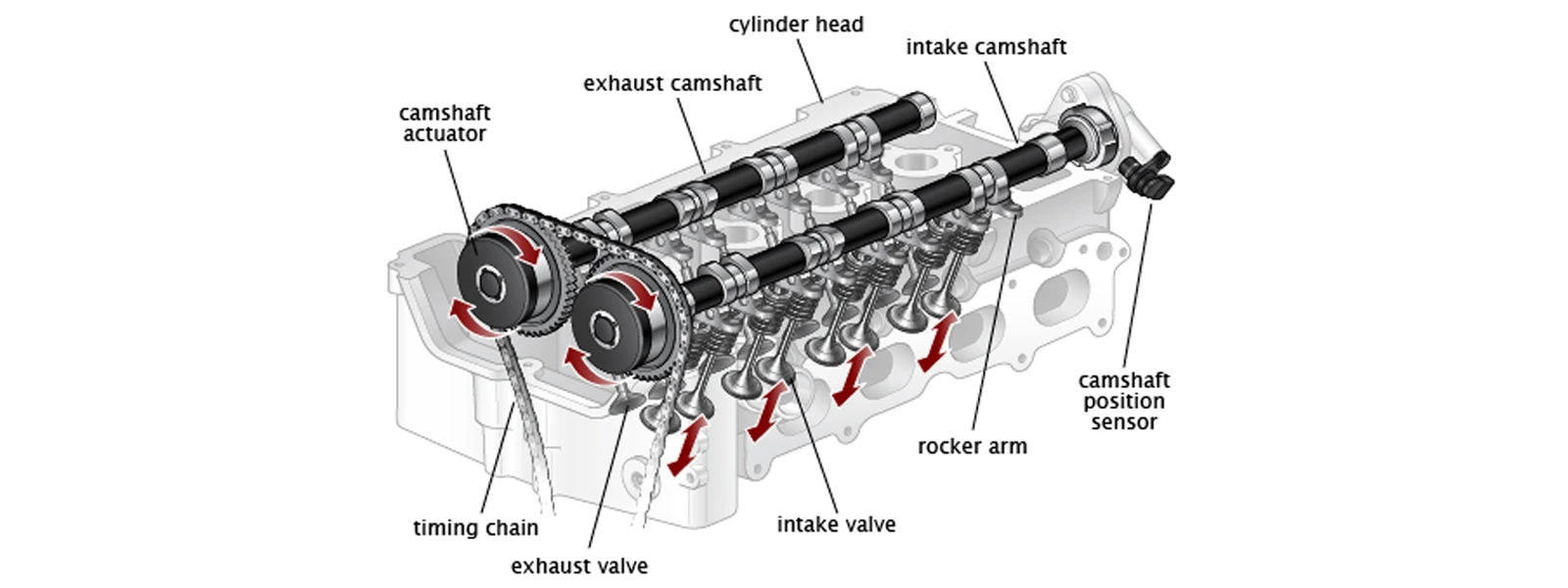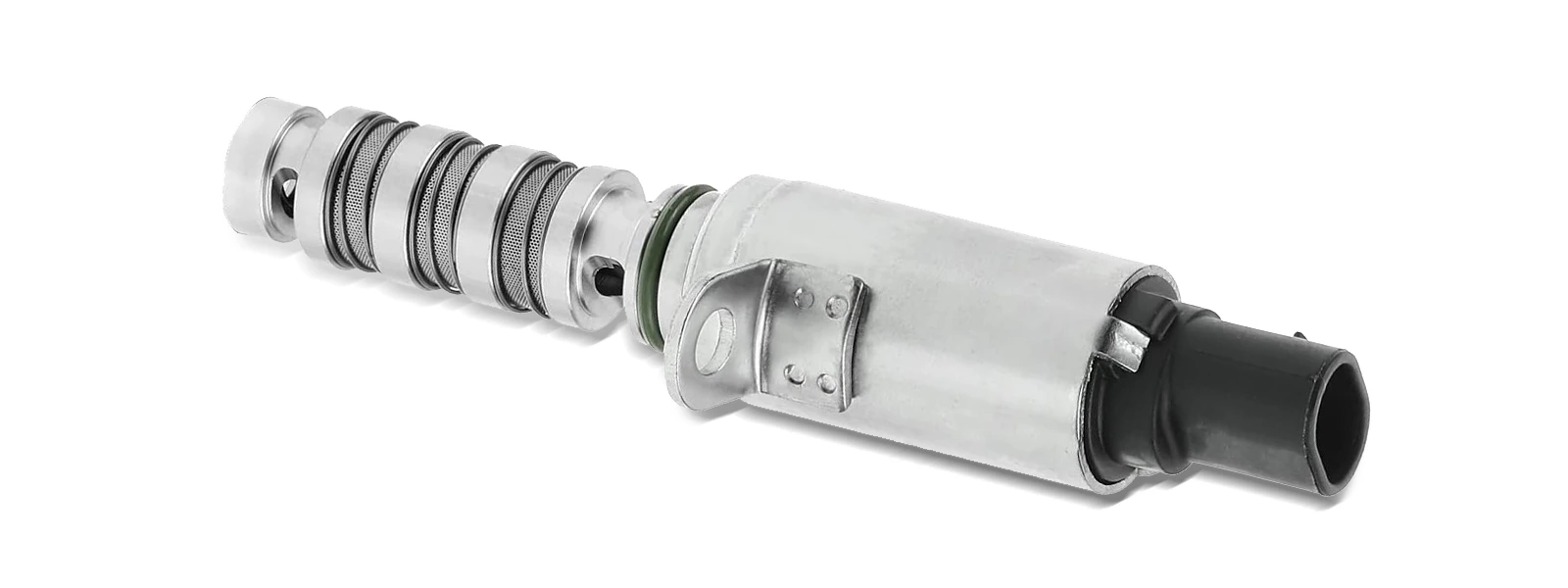
Variable Valve Timing (VVT) Solenoid: Under the Hood Unveiled

Delve under the hood to understand how variable valve timing (VVT) solenoid enhances engine performance and efficiency.
Have you ever wondered how your car's engine delivers that perfect blend of power and fuel efficiency, especially when you step on the gas pedal? The secret lies within a tiny yet crucial component known as the Variable Valve Timing (VVT) Solenoid.
In conventional internal combustion engines, the opening and closing of the engine’s valves are controlled by a fixed camshaft configuration. Nonetheless, this fixed timing might not be suitable for every engine operation circumstance. This is where the Variable Valve Timing (VVT) system steps in. The VVT system is engineered to enhance engine efficiency by modifying the valve timing, enabling it to initiate and terminate at various stages in the engine's combustion process. Through the adjustment of valve timing, the VVT system can enhance fuel economy, boost power generation, and diminish emissions.

How does a VVT solenoid work?
VVT solenoids regulate the flow of oil to the VVT mechanism within the engine. They receive electrical signals from the engine control unit (ECU), instructing them to adjust the camshaft's position. This camshaft positioning directly influences when the engine's valves open and close during the combustion cycle. The real-time adjustments enabled by VVT solenoids ensure that the valves open and close at the most opportune moments, catering to the engine's immediate needs.
The advantages of VVT solenoids are multifaceted. They optimize engine performance by increasing power output when required while improving fuel efficiency. Additionally, precise valve timing promotes complete combustion, which, in turn, reduces emissions, helping engines meet stringent environmental standards.
VVT solenoids also offer adaptability. They allow the engine to respond effectively to diverse driving conditions, whether it's idling in traffic, cruising at low speeds, or accelerating rapidly. The result is a balance between power and efficiency tailored to the specific demands of the moment.

Types of VVT solenoids and their applications
- Cam phaser solenoids are frequently used in engines with dual overhead camshafts (DOHC). They control the angular position of the camshaft, allowing for continuous adjustments in valve timing to optimize engine performance.
- Helical gear VVT solenoids are often utilized in smaller and more compact engines. Helical gear VVT solenoids use helical gears to shift the camshaft's position, enabling precise valve timing adjustments.
- Vane-type VVT solenoids are commonly found in larger engines and high-performance vehicles. They use vanes and hydraulic pressure to modify the camshaft's position, allowing accurate valve timing adjustments.
- Ball and spring VVT solenoids are versatile and can be employed in various engine sizes, including mid-range and larger vehicles. These solenoids use a ball and spring mechanism to vary the camshaft's position, facilitating valve timing adjustments.
- Electric VVT solenoids are adaptable and can be found in a wide range of engine types, from small to large. They rely on an electric current to shift the camshaft's position and enable precise control over valve timing.
Maintenance and common issues
Like any mechanical part, VVT solenoids may encounter problems as they age, which can be attributed to factors like oil impurities, electrical issues, or mechanical deterioration. These difficulties have the potential to interfere with the accurate management of valve timing, ultimately leading to performance issues. This is why regular maintenance is crucial.

Common issues affecting VVT solenoids:
Oil contamination: Debris in oil passages can disrupt solenoid function. Regular oil changes and quality filters prevent this.
- Oil leaks: Leaks near VVT solenoids disrupt the operation. Timely inspections and repairs are crucial.
- Electrical malfunctions: Electrical problems like loose connections affect solenoid performance. Regular system checks are vital.
- Solenoid sticking: Sticky or sluggish solenoids hinder valve timing adjustments. Periodic maintenance, including cleaning or replacement, is necessary.
- Timing chain/belt maintenance: Proper maintenance of timing components is essential. Failures impact VVT solenoids and the entire system.
- Overdue oil changes: Timely oil changes maintain a clean and well-lubricated solenoid system.
- Faulty camshaft position sensors: Malfunctioning sensors lead to inaccuracies in valve timing adjustments.
To ensure the correct functioning of VVT solenoids and maintain overall engine performance, please always address these issues through regular maintenance and timely repairs.











